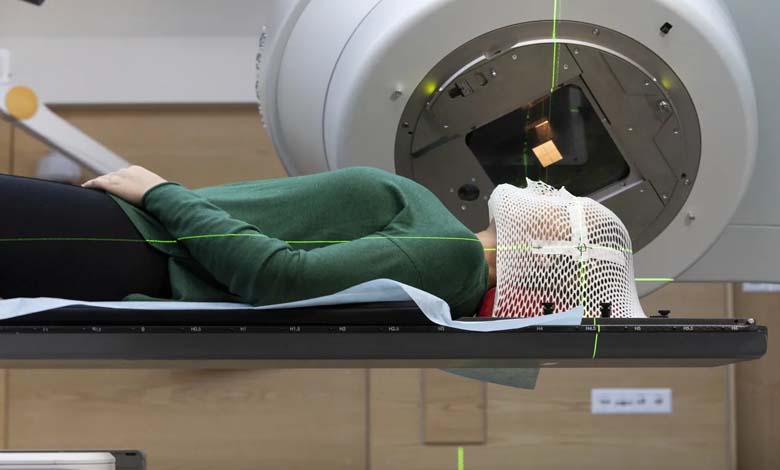CT scans may cause thousands of cancer cases every year

Medical CT scans, also known as computed tomography, are very useful tools for doctors. They help doctors see inside the body in great detail. Thanks to this technology, doctors can better diagnose diseases, detect internal injuries, and monitor conditions like cancer or serious infections.
-
Shocking Scientific Discovery: The Surprising Strategy Cancer Cells Use to Survive Nutrient Shortages
-
“Manipulating Light”: A Butterfly Wing-Inspired Technology for Cancer Diagnosis
But despite all their benefits, CT scans also carry risks, especially when they are used too often or without a clear medical reason. Studies have shown that the X-rays used in CT scans can increase the risk of developing cancer. Compared to regular X-rays, CT scans use a much higher dose of radiation.
Each year, millions of CT scans are performed in many countries. While they save lives, they also expose millions of people to high levels of radiation. Scientists estimate that thousands of cancer cases every year may be linked to excessive exposure to radiation from CT scans.
Children and young adults are especially sensitive to radiation. Their bodies are still growing, and their cells divide quickly. This makes them more vulnerable to the harmful effects of radiation. For adults too, repeated exposure to radiation can cause changes in cells that may lead to cancer.
-
Scientists Achieve a Major Breakthrough in Cancer Treatment: What is the Role of Cells?
-
Will Artificial Intelligence Play a Role in Cancer Detection?
Experts are not saying we should stop using CT scans. On the contrary, these scans remain very helpful. But they stress the importance of using them only when truly necessary. In some cases, other tests like ultrasound or MRI (magnetic resonance imaging), which do not use radiation, may be safer alternatives.
In addition, doctors should always adjust the radiation dose to match the patient’s weight and age. Some hospitals now use more modern machines that give lower doses of radiation without reducing image quality. This is an important step in reducing the risks.
-
“Calcium Storm”: A Highly Potent Drug against Cancer
-
A New Innovation Detects Lung Cancer through Breathing
It is also important to inform patients. Many people do not know that CT scans use radiation and that this radiation can have long-term effects. By clearly explaining the benefits and risks, patients can make better decisions about their health.
In conclusion, CT scans are a major medical invention. They can save lives, but they must be used with care. By limiting unnecessary scans and using the safest technology, we can reduce the number of cancers caused each year by radiation.












